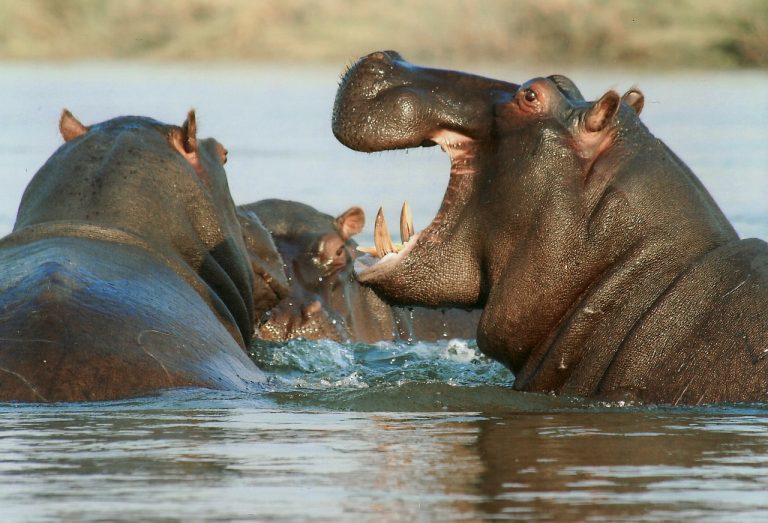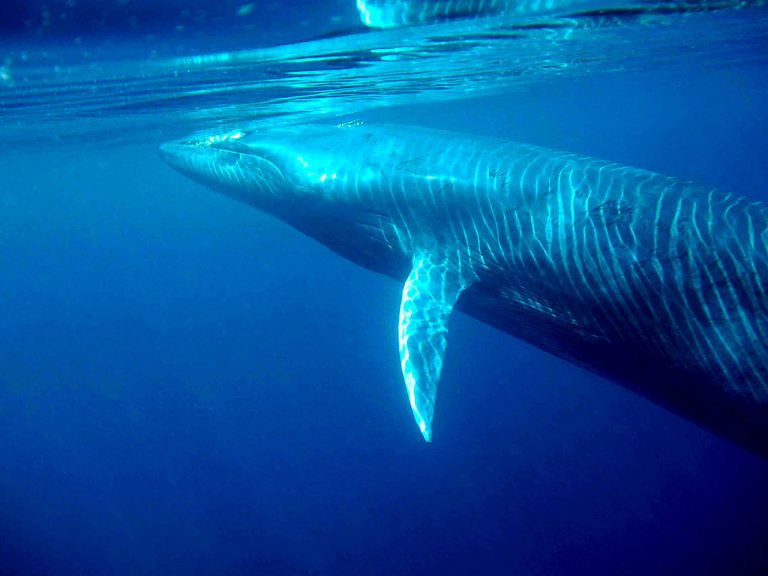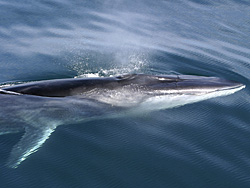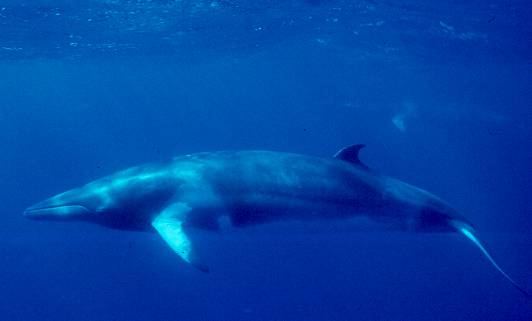The 5 Biggest Whales On Earth
Here are the facts about the 5 biggest whales on earth today.
Though whales are unarguably the largest creatures on earth today, they are generally gentle and intelligent creatures that will not habitually attack humans. Some of them don’t even have teeth but rather they have baleen plates that they use while filter feeding.
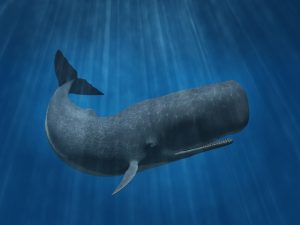
However, their anatomy and gentle nature makes them a target for humans.
Some of these whales have been hunted for their meat and blubber almost to the point of extinction!
Though catching them is now illegal, fishermen still hunt them in some areas around the world.
All that aside, whales remain some of the most graceful, gentle and friendly creatures in the seas and oceans today.
Let’s take a closer look at the top five biggest whales in the world, counting down from five to one.
The Top 5 Biggest Whales On Earth.
5) The Bowhead Whale
The bowhead whale is an Arctic resident mammal. They have the thickest blubber of all whales (up to 70 cm in some individuals), and they also own the longest baleen plates. Baleen plates are made of the same substance as human fingernail and they are arranged in a comb-like pattern to sieve food while filter feeding.

This whale is also known as the Greenland right whale or more commonly, the Arctic Whale and it’s a close relative of the right whale.
Bow head whales have a stocky, thick appearance, and no dorsal fin. The head alone takes up to 40 percent of its total body length. The name ‘bowhead’ comes from the shape of their jaw: it arcs upwards up to 10 feet wide and is 20 feet deep and looks like a bow.
Their short, narrow flippers means they are slow swimmers, as a result, hunters easily catch them for commercial gain. Today they may be just a little over 20,000 of them left on earth because of continuous hunting.
They feed on plankton, krill, and other prey that they occasionally pick up from the ocean floor.
Average/Maximum Length: An adult bowhead can reach lengths of between 14 and 18 meters (45 and 60 feet).
Average/Maximum Weight: Between 75 to 100 tons.
Bowhead Whale Fun Fact: If not hunted by humans, they have the longest lifespan among whales: up to 200 years.
4) The Sperm Whale
The sperm whale is the largest among toothed whales. Its head alone accounts for about a third of its total body weight.
This whale has the largest brain in the animal kingdom (weighing up to 9kg), and the head cavity contains a yellow, waxy liquid called spermaceti. Spermaceti is valuable to whalers so this creature was hunted for a long time.

They are among the best diver whales. They often go down deeper than 2 km and they will stay there up to one and half hours before coming back up for air. It’s the deepest diving mammal and it largely does this in search of giant squid, their preferred prey.
Sperm whales practice segregation, in the sense that adult males will stay own their own while females and young males gather in groups. Both sexes come together mainly during the mating season.
These whales are now Protected. In a bid to get the spermaceti in their heads, they were a major target of commercial whalers. Spermaceti is used to make lubricants, candle wax, oil lamps, etc.
Average/Maximum Length: It can grow to 18.2 meters (67 feet) long.
Average/Maximum Weight: About 60 tons.
Sperm Whale Fun Fact: They are very loud! In fact, sperm whales make the loudest sound among all the whales: up to 230 decibels. That’s extremely painful to the human ear but the sound only lasts for about 100 microseconds.
3) The Right Whale
The looks of the right whale is hard to forget because of its large, bulbous head with rough patches of skin due to infestation of parasitic whale lice, barnacles, and worms.

They have very large jaws with baleen plates on either side of the mouth measuring up to 2.4 meters (8 feet). Due to the fact that they are filter feeders, their baleen plates allow them to feed on large schools of zoo plankton, and other tiny seafood present in the waters around them.
If you’re wondering why they are called ‘right’ whales, well the general belief is that they got this name because whalers noticed that they have extremely high blubber content (whale oil), are slow, docile creatures and are relatively easy to catch.
Also, when killed its body will float to the surface (because of the blubber), rather than sink down to the ocean floor. This made them the ‘right’ kind of whales to hunt.
Consequently, right whales are now the rarest and most endangered species among whales today. In fact, they are almost extinct with just a few hundred alive around the world.
The few that remain live in the Atlantic and Pacific Oceans, usually near the coast.
Average/Maximum Length: Up to 18 meters (59 feet) long. The longest individual measured 21.3 meters (70 feet).
Average/Maximum Weight: They weigh up to 70 tons or more.
Right Whale Fun Fact: The southern right whale has testicles that weigh about a ton a pair. That’s the largest among animals.
2) The Finback Whale
The Finback whale is the second largest animal in the entire planet. It’s also commonly called the fin whale or razor back whale (because of the grooves and plates on its body).

Sadly, these whales have been hunted relentlessly for centuries now for their blubber, oil, and baleen. There are so few of them left in the oceans that it’s now an Endangered species.
Finback whales are known as the ‘greyhound of the sea’ because despite their large size, they are fast swimmers and will move at speeds of up to 25 miles an hour (40 km/h).
You’ll hardly find them in many of the areas they used to dwell previously, now they swim mainly in the North Atlantic and North Pacific Oceans.
Their favorite diet is herring, a variety of shoaling fish, squid, and krill.
Average/Maximum Length: They grow to about 90 feet long.
Average/Maximum Weight: Approximately 80 tons.
Fun Fact: Despite their large size, these creatures are very acrobatic and they will often leap clear out of the water landing back with a huge splash. People like to watch them because of these maneuvers.
1) The Blue Whale
The blue whale is by far the largest animal in existence today, whether on land or in water. It’s even larger than any of the dinosaurs that walked the earth millions of years ago.

Its tongue weighs as much as an elephant, while its heart weighs about the same as a small automobile. The blue whale’s major arteries are so large that a human child can pass through them comfortably. They swim while sleeping by keeping half of their brain awake.
This whale swims at about 5 miles an hour (8 km/h)but can accelerate up to 30 miles an hour (48 km/h) if they sense danger around.
Experts believe there are just about 10,000 blue whales alive in the sea today, thus, this whale species is listed as an Endangered species. This is a direct result of excessive commercial hunting over the last few centuries.
The blue whales eat approximately four to eight tons of krill (a kind of crustacean) every day to survive.
Average/Maximum Length: 30.5 meters (100 feet) long and below.
Average/Maximum Weight: Between 144 and 150 tons.
Fun fact: At 30.5 meters long, the biggest documented blue whale, a female, is almost the length of a Boeing 737 plane!


